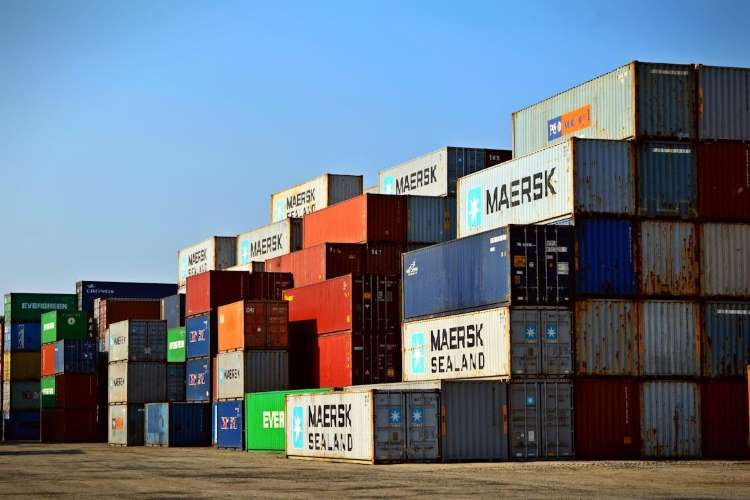
India has pressed pause on all new free trade agreements as it seeks to overhaul its strategy to maximise trade and investment gains from such pacts. The department of commerce is in the process of implementing fresh guidelines for negotiating FTAs, with the approval of the Union Cabinet being sought. The government believes that the current guidelines need careful re-examination to better align future negotiations with India’s evolving economic interests.
The commerce department and the Prime Minister’s Office have already discussed the development of a standard operating procedure for FTAs. Approval of SOPs for new issues, including labour, environment, digital services, gender, and indigenous peoples, is on the horizon as the government has temporarily stopped signing new trade pacts.
READ | India’s solar industry must break free from Chinese dependence
Why FTA strategy matters
While FTAs can significantly reshape India’s trade relations, their success depends on careful planning, negotiation, and execution. This is why the government is looking to revise its existing FTA model. Past experiences, coupled with the growing importance of sustainability, government procurement, labour standards, and digital trade in modern agreements, have made the drafting of a new SOP a necessity. In addition, the government seeks to ensure that the new SOP builds institutional memory to guide future negotiations.
India is conducting a thorough analysis of its past FTAs, such as those with the UAE and Australia, to identify potential shortcomings and areas for improvement. The revised SOP will scrutinise India’s gains and losses in each case, aiming for a more balanced outcome in future trade deals.
Lessons from ASEAN: Striking a balance
India’s experience with the ASEAN FTA has highlighted the need for more flexibility and a better balance between the interests of domestic industries and trading partners. Due to the inherent imbalance in the agreement, ASEAN countries have penetrated the Indian market more effectively than Indian exports have found traction in ASEAN nations. Indian micro, small, and medium enterprises (MSMEs) have struggled to compete with cheaper, more efficiently produced goods from ASEAN countries.
This imbalance has prompted India to advocate tailored concessions in future FTAs that are sensitive to the specific needs of each partner country. Similar challenges have been faced in trade deals with Japan and South Korea, where India has not seen significant gains, while the other parties have benefited disproportionately.
Addressing the China factor
Another major concern is the rise in imports from China, which are being rerouted to India through FTAs with other countries. This issue underscores the need for more robust safeguards in future agreements.
India’s total imports from FTA partners (including ASEAN, UAE, SAFTA, Australia, South Korea, Japan, and Mauritius) increased by 37.9% to $187.92 billion between 2019 and 2024. During the same period, exports to these partners grew by only 14.48% to $122.72 billion, highlighting the trade imbalances that India seeks to address in its new FTA strategy.
Avoiding non-tariff barriers
The new SOP will emphasise the importance of avoiding non-tariff barriers, such as sustainability standards and labour regulations often pushed by developed nations. India also aims for a more balanced approach when negotiating with smaller nations like Sri Lanka and Bangladesh to ensure proportionate benefits from trade agreements.
Historically, India has adopted a cautious stance towards FTAs, often prioritising protectionist policies to shield its domestic industries. While this approach has safeguarded local markets, it has sometimes limited India’s ability to fully exploit global trade opportunities.
India has paused FTAs with strategically important countries like the United Kingdom, the European Union (EU), and Maldives. This stance has also delayed negotiations with countries like Peru and Oman. Since 2022, India has concluded three significant trade agreements with the United Arab Emirates (UAE), Australia, and the European Free Trade Association (EFTA). However, ongoing talks with Canada, Israel, and the Gulf Cooperation Council (GCC) have stalled, largely due to political differences and a lack of common ground.
India’s decision to walk out of the China-backed Regional Comprehensive Economic Partnership (RCEP) in 2019 was a turning point. While it initially appeared that India was distancing itself from regional trade blocs, the government quickly recognised that the world had moved towards bilateral and regional arrangements. This realisation has since driven India to engage more actively in FTA negotiations.
As India reviews its FTA strategy, the hope is that future agreements will be more expansive and equitable. The new SOP will serve as a blueprint for more successful negotiations, ensuring that India can maximise its trade potential while safeguarding the interests of its domestic industries. Once the guidelines are finalised, India is expected to resume FTA negotiations with a stronger, more effective framework in place.
